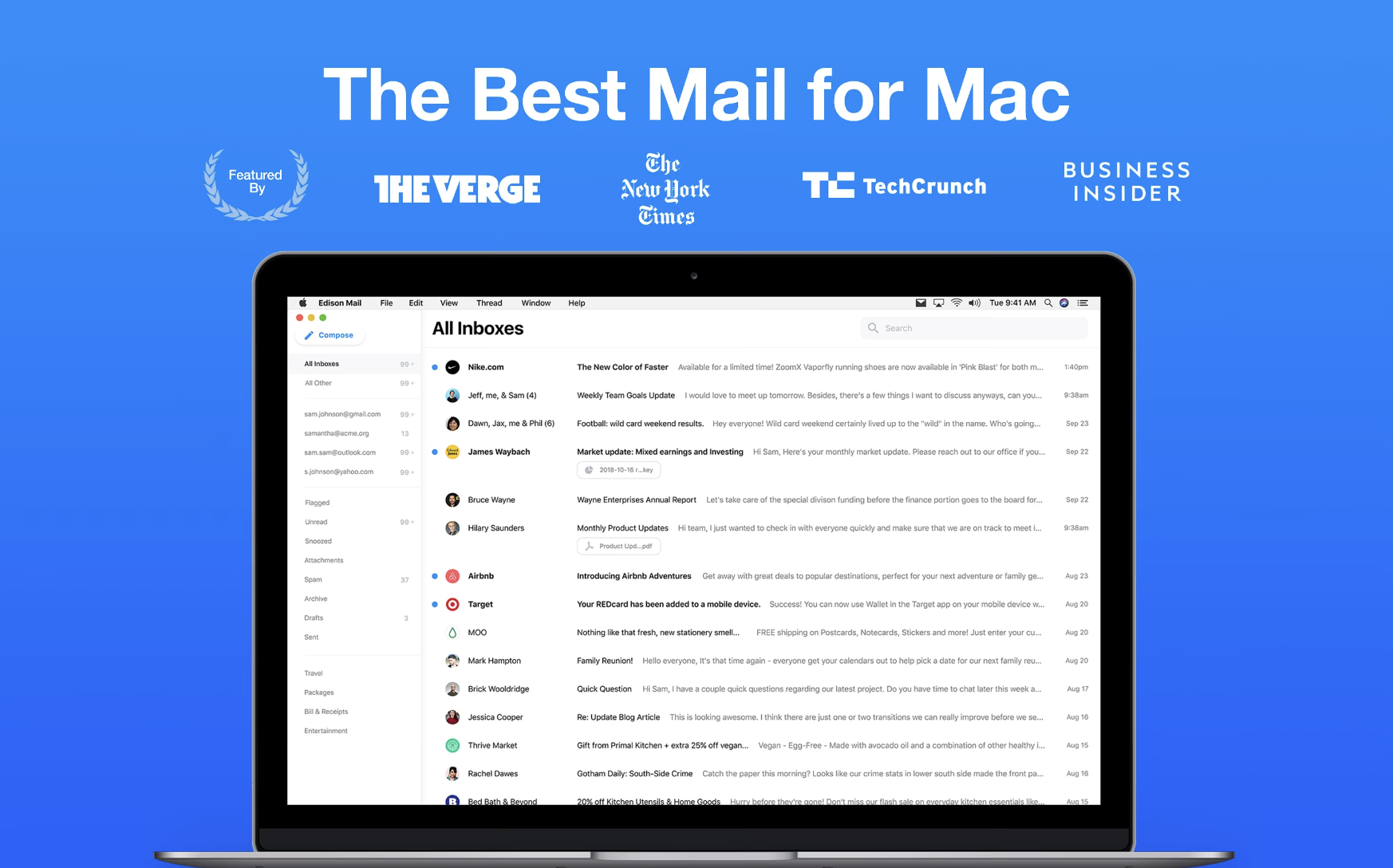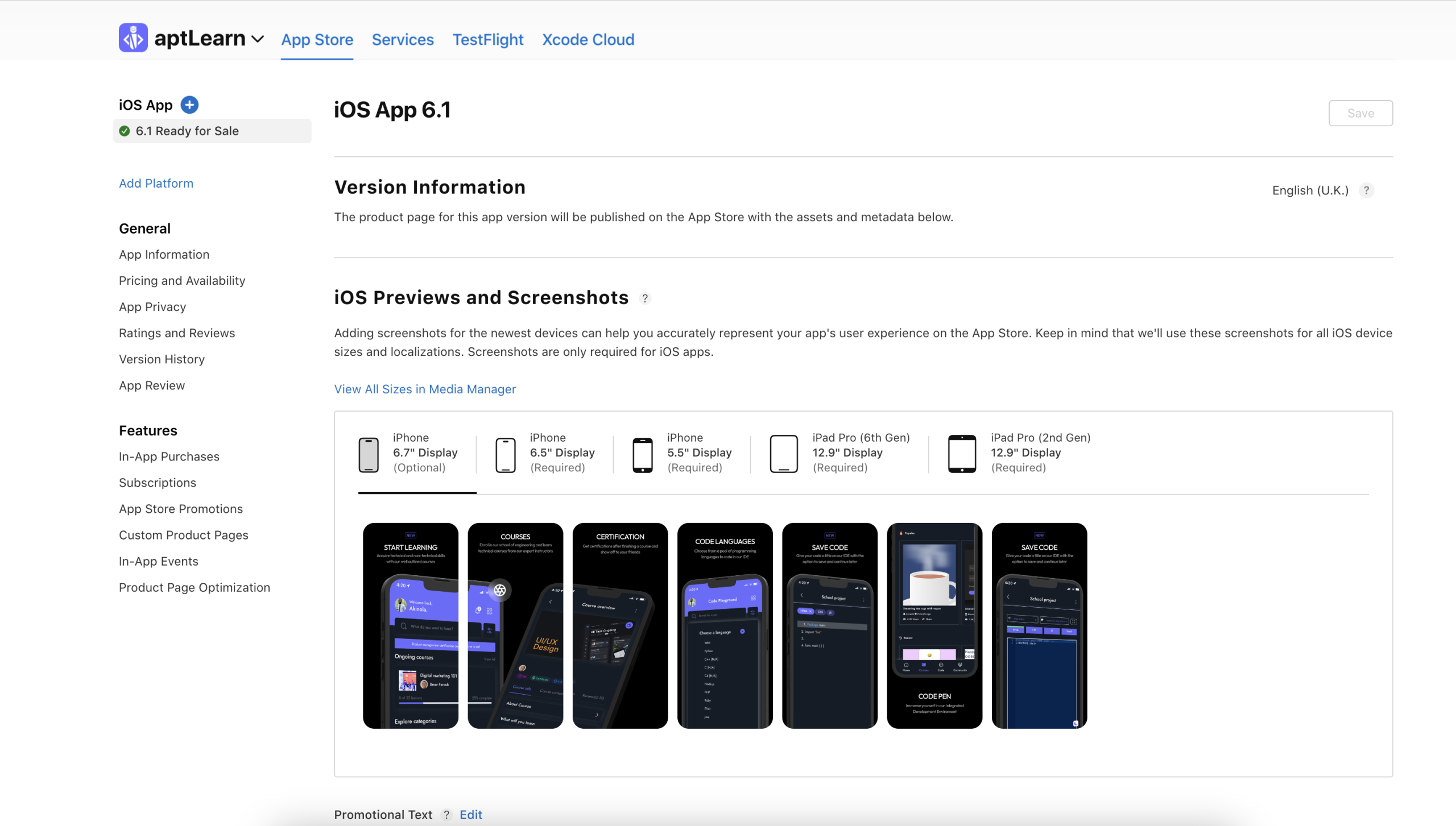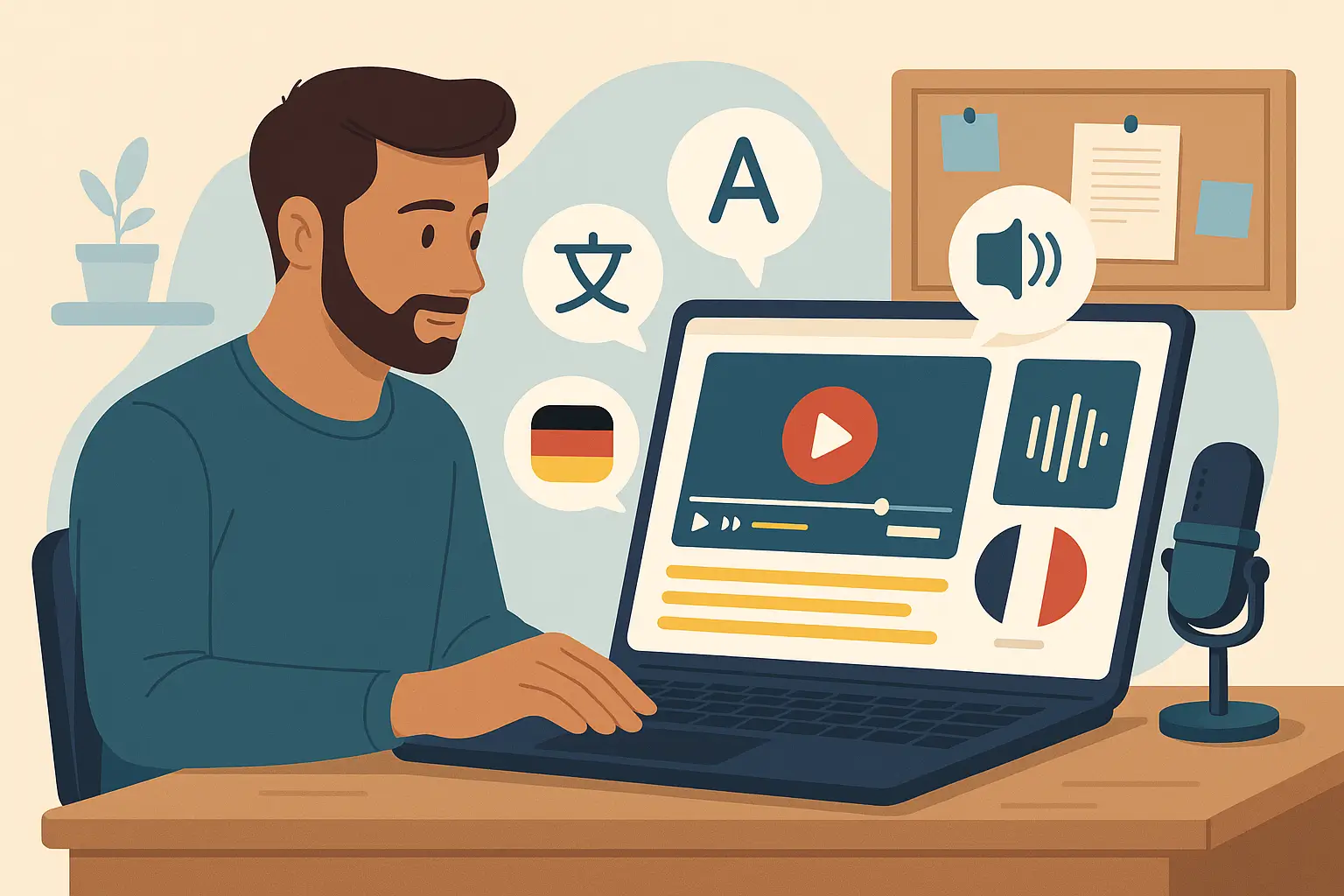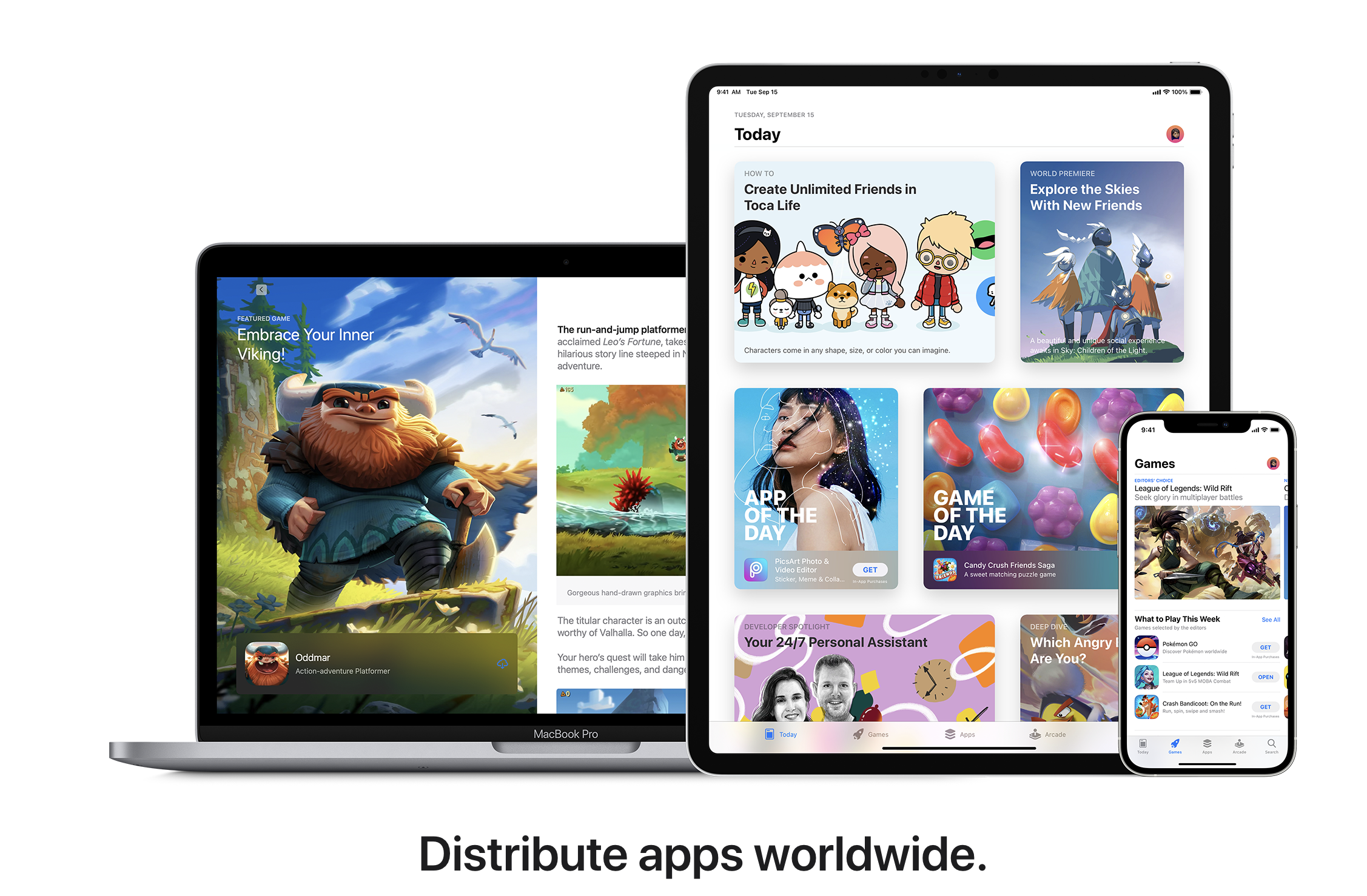As a business owner, creating an Android or iOS version of your app or converting your existing website to app can equip many benefits beyond just having a mobile-optimized site. With a dedicated app, you are able to provide a more immersive and app-like experience tailored for mobile users.
Your content and services can be more deeply integrated into the device, allowing for native features like push notifications, offline access, and faster performance.
👉🏾 Other Swiftspeed users also read: 80 Best Mobile App Ideas for Startups in 2024
An app also allows you to get discovered in the Google Play and Apple App Store, including but not limited to other app store alternatives, which can open up your business to new potential users. Apps are perceived as more valuable than websites, it is the closest you have to your customers, so having one can improve brand loyalty and engagement.
Your users may be more willing to provide their contact information and allow push notifications that can skyrocket your sales when they are using a dedicated app rather than just a website.
Convert A Website to App in 10 Easy Steps
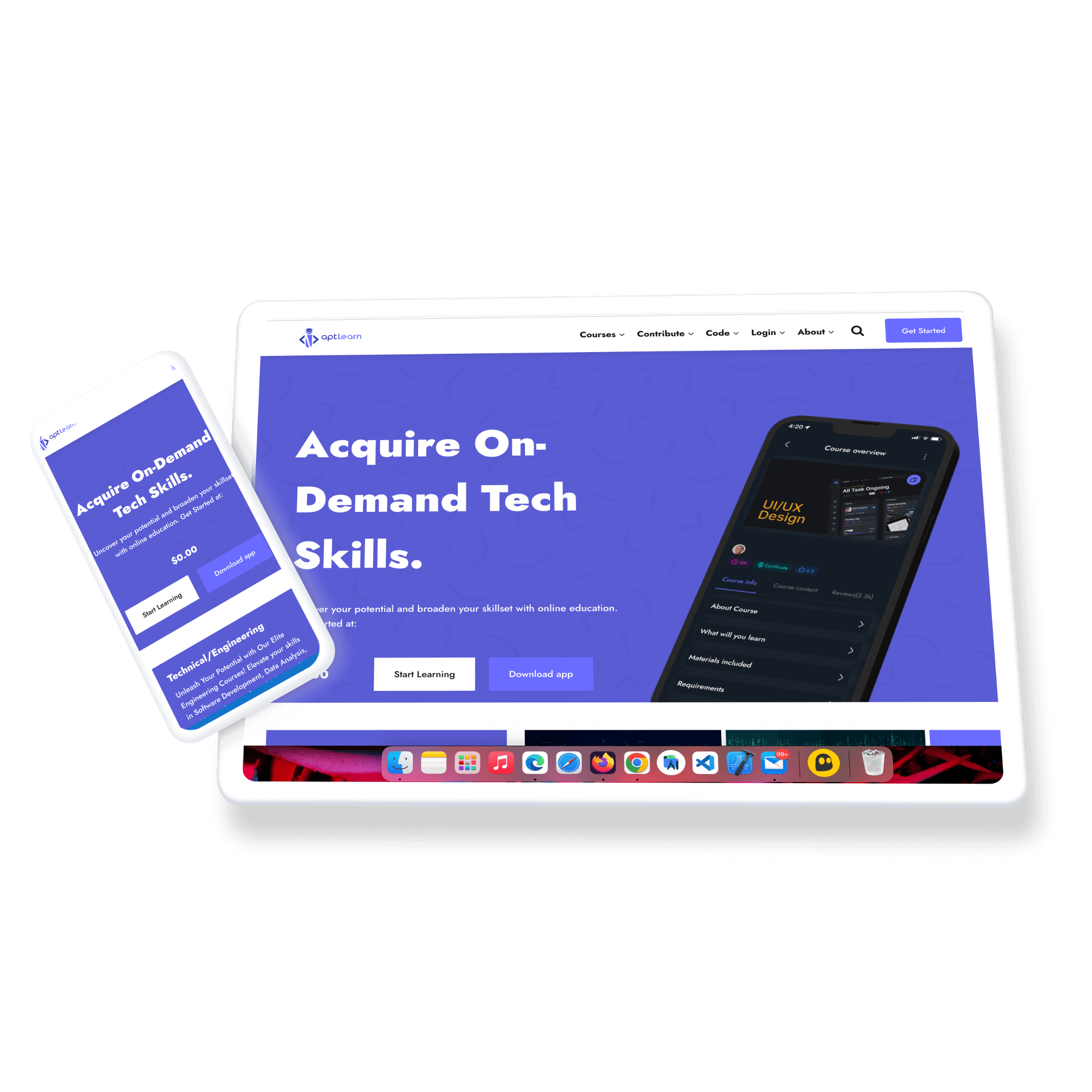
Step #1: Determine Your Goals
Deciding to convert your website into an app is a big undertaking, so it’s important to start by clearly defining your goals and motivations. Why do you want to create an app in the first place, what name should you give the app? What problems are you trying to solve, or what opportunities are you hoping to capitalize on?
Some common reasons organizations create Android apps include:
- Increasing engagement and time spent – Apps can encourage more frequent use and longer sessions compared to websites. Push notifications bring users back; content can be designed for quick, on-the-go access.
- Reaching new demographics – The app expands your reach to Android and iOS smartphone and tablet users who may not visit the website. It caters to mobile-first users and younger audiences.
- Monetization opportunities – Apps allow additional revenue streams through paid downloads, in-app purchases, subscriptions, and integrated mobile ads.
- Improving loyalty – An app can strengthen brand loyalty by providing a convenient, personalized mobile experience. Features like alerts and messaging foster ongoing connections.
- Enhancing brand image – Having an app may provide a more modern, tech-savvy brand perception, especially for traditional organizations trying to innovate.
- Integrating mobile features – Apps can leverage device capabilities like GPS, cameras, contact lists, and more to provide enhanced functionality.
Clearly defining your goals and motivations will inform your strategies and key decisions as you proceed through the process of converting your website into an app. Keep focused on the specific problems you are solving or opportunities you want to pursue in developing a cross-platform mobile app for your brand.
Step #2: Evaluate Your Website
Before converting your website to a mobile app, you’ll want to evaluate your existing website functionality and content thoroughly. This assessment will help you determine what to include in the initial app and inform the conversion approach.
When evaluating your website, consider the following:
- Assess website functionality: Review all pages and features on your website. Make a list of core functionality like account registration/login, search, content pages, transactions etc. Also document secondary features like contact forms, special interactive elements etc. This will help you prioritize must-have vs nice-to-have features.
- Identify core vs secondary content: Audit your website content and categorize pages as either core or secondary priority. Core content includes key information like product/service descriptions, pricing, contact info etc. Secondary content covers more peripheral information that isn’t critical for an initial app.
- Note page load times: Test how long pages take to load on mobile devices. Slow load times will negatively impact the app experience, so you may need to optimize pages/assets before converting them.
- Check mobile friendliness: Ensure your website is mobile optimized, with tap targets, font sizes and responsive design suited to smaller screens. If the website isn’t very mobile friendly, you may need to redesign it before converting to an app.
- Review analytics data: Analyze your web traffic analytics to see which pages and features users engage with most on mobile devices. This will clarify your app’s core use cases and requirements.
Thoroughly evaluating your website will provide the intelligence you need to determine the optimal scope and approach for converting it into a well-designed, useful mobile app that delivers a great user experience. Focus on identifying the 20% of features that drive 80% of mobile user engagement. Those core features and pages should take priority in your initial app release.
👉🏾 Other Swiftspeed users also read: App Name Detailed Guidelines and Best Practices for Success
Step #3: Choose an Approach for web to app conversion
How you convert a website into an Android or iOS app will impact functionality, performance, and cost. There are 3 main approaches to choose from:
- Native app development – Develop an Android app natively in Java or Kotlin that replicates key website features and connects to web APIs. This creates the best performance and user experience but takes more effort and skill.
- Webview wrapper – Wrap the website in a native Android app using Webview control. Easier to build but provides limited native integration.
- Hybrid approaches – Use a framework like Flutter or React Native to build with native components but share code across Android and iOS. This balances native performance with cross-platform code reuse.
Deciding the right path depends on your budget, timeline, app features needed, and the development skills available. A native app offers the full Android experience but a simpler Webview or hybrid approach works for some. Prototype if unsure since each approach has pros and cons to weigh, given your specific app goals.
If you are working on a tight budget, you can easily convert your website to an app using Android App Builder and iOS App Builder, Like Swiftspeed, absolutely for free, without writing a single line of code.
Step #4: Design the App
When converting a website to an app, keeping the key elements and overall structure while optimizing the user interface and experience specifically for mobile devices is important.
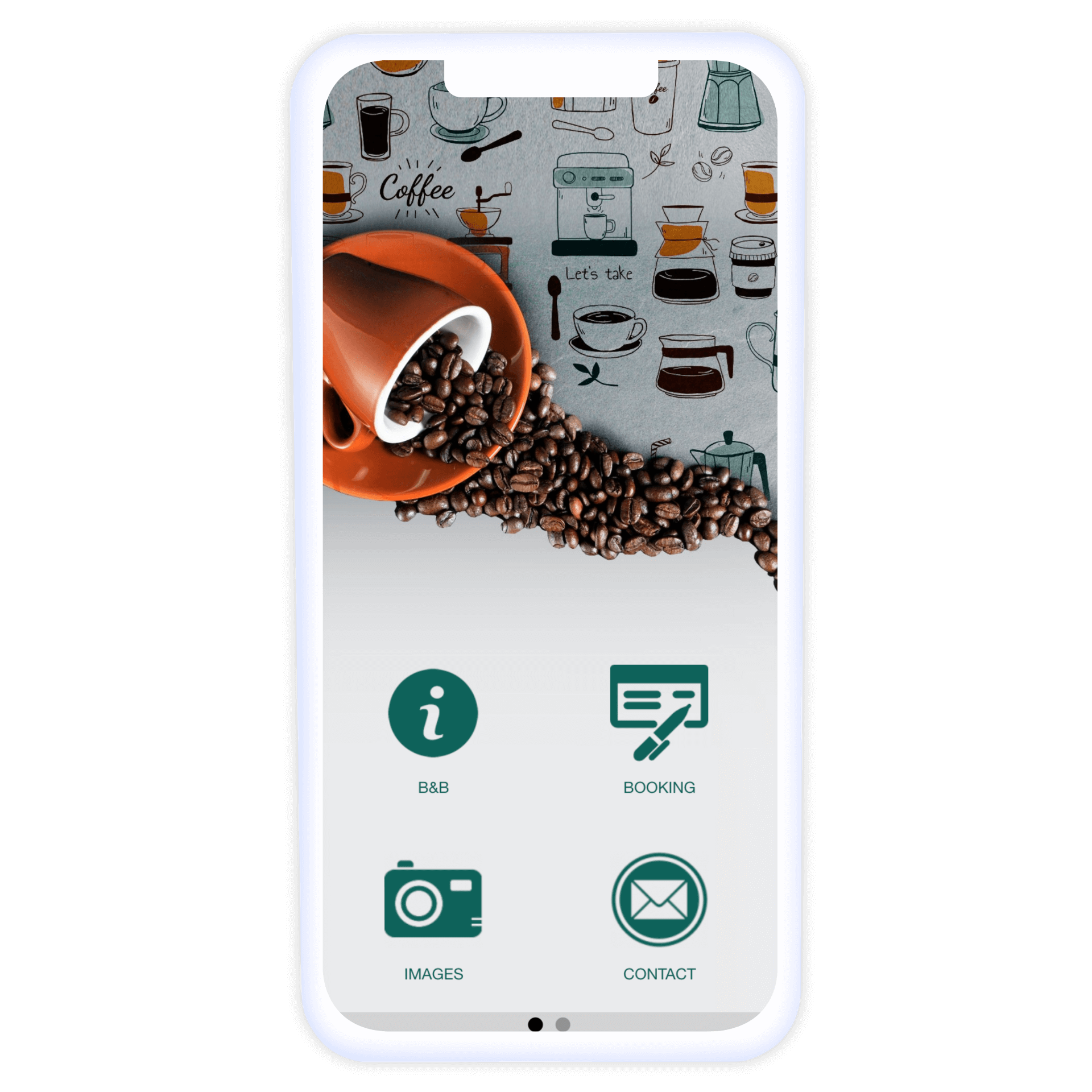
Some things to focus on in the design:
- Simplify navigation – Use a clean mobile nav menu instead of complex website navigation. Stick to a single-level nav with the most important pages.
- Adjust page layouts – Website page widths don’t work on mobile. Use a single-column, vertical layout.
- Size buttons for touch – Make sure interface buttons are large enough for tapping fingers. Use padding for easier targeting.
- Leverage gestures – Allow swipes, scrolls, and pinches for natural mobile interaction that works on all iPhone screen sizes and resolutions.
- Legible mobile typography – Use adequate font sizes and spacing optimized for reading on smaller screens.
- Condense content – Cut out unnecessary content. Use accordions, tabs, and dropdowns to hide less critical info.
- Personalize experience – Mobile apps can utilize device features like notifications, cameras, contacts, etc. Integrate relevant device capabilities.
- Use mobile UI elements – Inputs, lists, cards, and other components should match mobile platform norms.
The goal is to retain the website’s utility and usability while adapting the layout, content structure, and interface to excel in the mobile context. Test on various devices to ensure responsive design and intuitive mobile experience.
Step #5: Develop the App
Now that you’ve visualized and designed how your app will look and function, it’s time to start actually building it. The approach and frameworks you use to develop the app will depend on the options you chose earlier.
If you decide to convert your website to a mobile app using a no-code platform like Swiftspeed, then creating an app for your website gets even simpler and less complicated; you can easily choose an existing designed template from our app builder editor and use the Webview feature and tools to package your website into an installable app APK/AAB file for Android and IPA file for iOS. Then you can compile that into Android and iOS versions to publish in the respective app stores. The main work is handling any needed configuration and plugins to enable native functionality like push notifications or camera access.
If you choose to rebuild your website as a progressive web app, then you should use modern web technologies like HTML5, CSS, and JavaScript to add app-like capabilities. This includes features like working offline, push notifications, and device hardware access. You may use frameworks like React Native or Ionic to help build a more native-feeling experience.
Regardless of any approach you decide on, focus on structuring your code well, implementing good user interfaces, and thoroughly testing on various real devices. Fix issues as they arise and refine the overall performance and reliability. The development stage is crucial to deliver a successful app that users will enjoy.
Step #6: Test the App
Start doing App functionality testing after the development is over or with the first working section of the mobile App. Start with the UI test. Then, go for the unit test and integration test. After that, “permission test” is crucial. Also, to be on the safe side, check for possible crashes, battery consumption, latency, etc. Create a thorough test plan and share that with all stakeholders.
Conduct functionality testing to ensure all app features and services work as expected. Carefully go through each screen, button, tap, swipe, etc. Make sure there are no broken links or errors. Check the overall usability and flow to provide a good user experience.
Then move to quality assurance through crowdsource testing services. Here, real users will test the Apps on real devices. It’s important to collect structured feedback through beta testing programs. Ask beta users to record any unexpected crashes, freezes, bugs, or issues they face. Also, get their input on UI, overall experience, difficulties, and scope for improvement. Consolidate feedback from a diverse group of app testers.
Step #7: Publish the App
When your app is ready, it’s time to publish it on the app stores to make it available to users.
The various mobile app stores you can consider publishing on are:
Google Play Store
The Google Play Store is Android’s official app distribution platform, pre-installed on most Android devices. To publish on the Play Store:
1. Register as a developer: You must create a Google Play Developer Console account first. There is a one-time $25 fee.
2. Upload your app: Provide all the necessary details – app title, description, images, pricing, and APK/AAB files. Follow the Google Play Console guidelines to create an appealing listing.
3. Go through review and publishing: Google will review and test your app against its policies and guidelines. Once approved and published, your app will be live on the Play Store for users to download. Swiftspeed can also publish your app on the Google Play Store for you.
Apple App Store
The Apple App Store is legally the only exclusive way iOS apps are distributed. However, there are alternatives to Google Play and App Store, which we covered in this article, but to publish on the App Store:
1. Enroll in the Apple Developer Program: This costs $99 per year. You’ll get access to tools, pre-release software, and certifications to build and test iOS apps.
2. Prepare app information and files: Provide the app name, description, screenshots, pricing details, and binaries. Make sure your app meets Apple’s quality guidelines. We covered iOS compilation with the Xcode project in this article.
3. Submit for review: Apple will thoroughly test and review your app for stability, security, and performance. Once approved, your app will appear in the App Store for users to download. You can also let Swiftspeed publish your iOS app for you.
The review process for both stores may take days to weeks. With some patience, your website-turned-app will soon reach mobile users worldwide! Monitor downloads, user feedback, and ratings/reviews to plan future improvements.
👉🏾 Other Swiftspeed users also read: The Ultimate Guide to iPhone Screen Resolutions and Sizes in 2024
Step #8: Market the App
One of the keys to a successful app is getting the word out and promoting it effectively; in app development, this process is called App Store Optimization(ASO). Here are some tips:
Promote to Website Visitors and Existing Users
- Display an app download banner prominently on your website. This targets visitors who already know and engage with your brand.
- Send an email blast about the new app to your current customer email list. Leverage your existing audience.
- Post messages on your social media directing followers to download the new app.
- Run retargeting ads on platforms like Facebook/Google to website visitors who haven’t yet downloaded the app. Remind them about it.
Leverage App Store Optimization
- Research keywords and work them carefully into your app’s title and description. This helps surface your app in relevant searches.
- Write an informative app store listing that appears well in searches and attracts users to download. Include excellent screenshots.
- Encourage early positive reviews and ratings. This signals quality to potential new users.
- Ensure your app follows platform guidelines and is optimized for app store approval.
Step #9: monetize the App
Monetizing an app is a crucial aspect of its overall success, just as important as effective marketing. Here are some strategies and tips for monetizing the app you have developed from converting your website:
Use In-App Purchases and Subscriptions:
- Offer additional features, content, or services within your app that users can purchase. This could include premium features, special in-app currency, or access to exclusive content.
- Ensure that the purchases add significant value and enhance the user experience.
- Introduce a subscription model for ongoing access to your app or specific premium features. This can be a monthly or annual fee.
- Offer a free trial period to allow users to experience the full benefits before committing to a subscription.
Use Freemium Model and Advertisements:
- Offer a free version of your app with basic features and a paid version with additional premium features.
- Ensure the free version provides enough value to engage users but leaves them wanting the enhanced experience of the premium version.
- Incorporate ads into your app, but do so in a non-intrusive way. Consider banner ads, interstitials, or native ads that blend with the app’s design.
- Partner with ad networks for better ad relevancy and higher revenue.
Use Sponsorships and Partnerships:
- Partner with brands or companies for exclusive in-app sponsorships. This could involve branded content or special offers.
- Ensure the partnership aligns with your app’s theme and audience interests.
- Consider merchandising opportunities like selling branded merchandise if your app has a strong brand or characters.
- Incorporate e-commerce features if your app supports or can be aligned with physical goods or services.
Use Crowdfunding, Promotions, Licensing & Data Monetization:
- With proper user consent and privacy measures, leverage user data for insights that can be valuable for market research.
- Ensure compliance with data protection regulations and be transparent with users about data usage.
- Consider crowdfunding for new features or expansions for apps with a passionate user base.
- Include a donation button for users who wish to support the app directly.
- Host special events or promotions within the app that can drive in-app purchases or subscriptions.
- Offer limited-time discounts or bundles that encourage users to spend.
- Consider licensing your app to other companies or apps if it includes unique technology or content.
- This can provide an additional revenue stream outside of your app’s direct user base.
Monetizing an app effectively requires balancing revenue generation with a positive user experience. It’s important to choose strategies that align with your app’s purpose and audience preferences to ensure long-term success and sustainability.
Step #10: Measure and Iterate
Once your app is published, it’s important to continue measuring usage and improving the user experience over time.
- Analyze usage metrics and user feedback – Review app store analytics to see how many people are downloading your app, using key features, and dropping off. You can also prompt users to rate your app or submit feedback so you can address pain points. Prioritize changes based on behaviors seen by real users.
- Prioritize additional features and fixes – Your first app version won’t be perfect. Use the metrics and feedback to create a roadmap for future enhancements. Focus on the most requested features and fixing crashes or bugs first. You likely won’t have the resources to address everything at once, so decide what matters most to users and your business goals.
- Release updates – Don’t wait too long between releasing updates to address user feedback. Get fixes and improvements out quickly to show users you are listening. Over time, continue refining the user experience to boost retention and engagement.
The key is to continually listen to your users and upgrade the app to best meet their needs. Solicit and respond to feedback, measure what matters, and provide ongoing value. The work doesn’t stop at launch!

